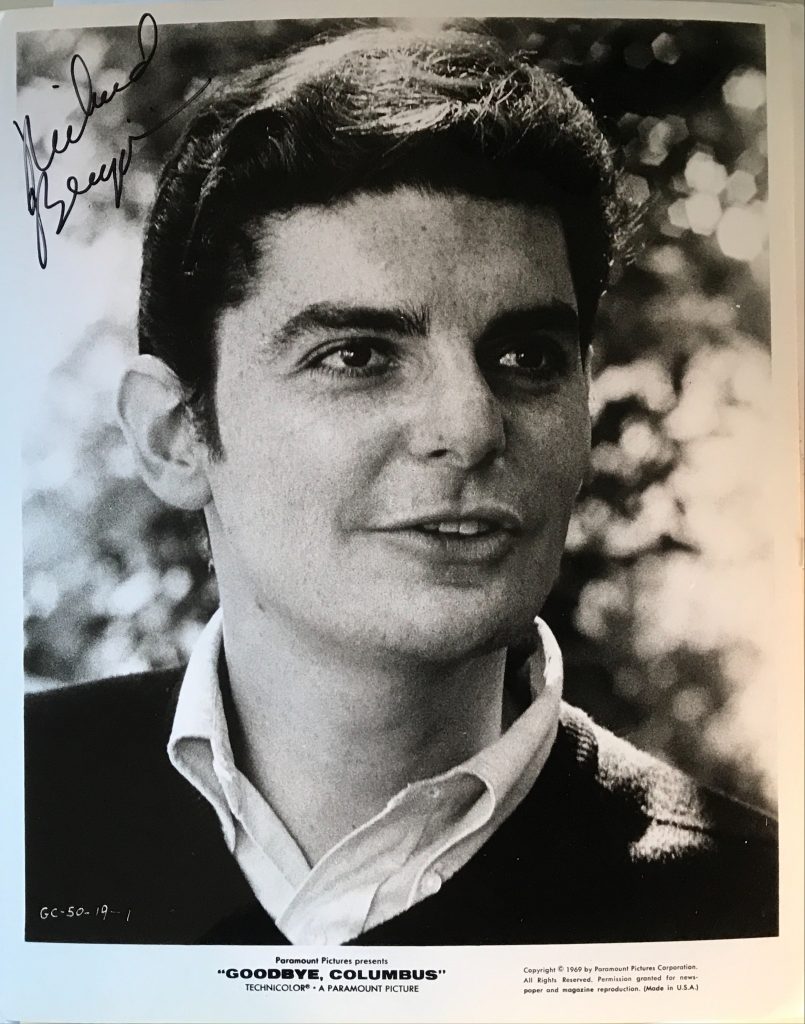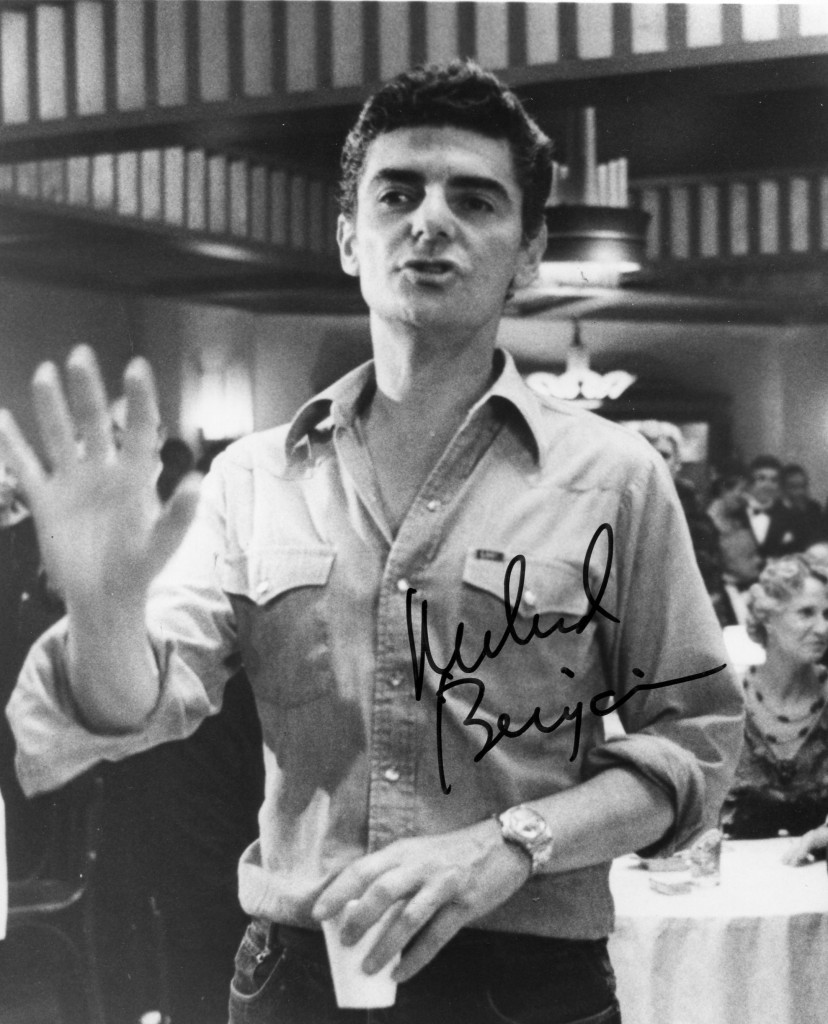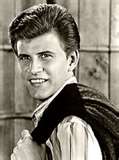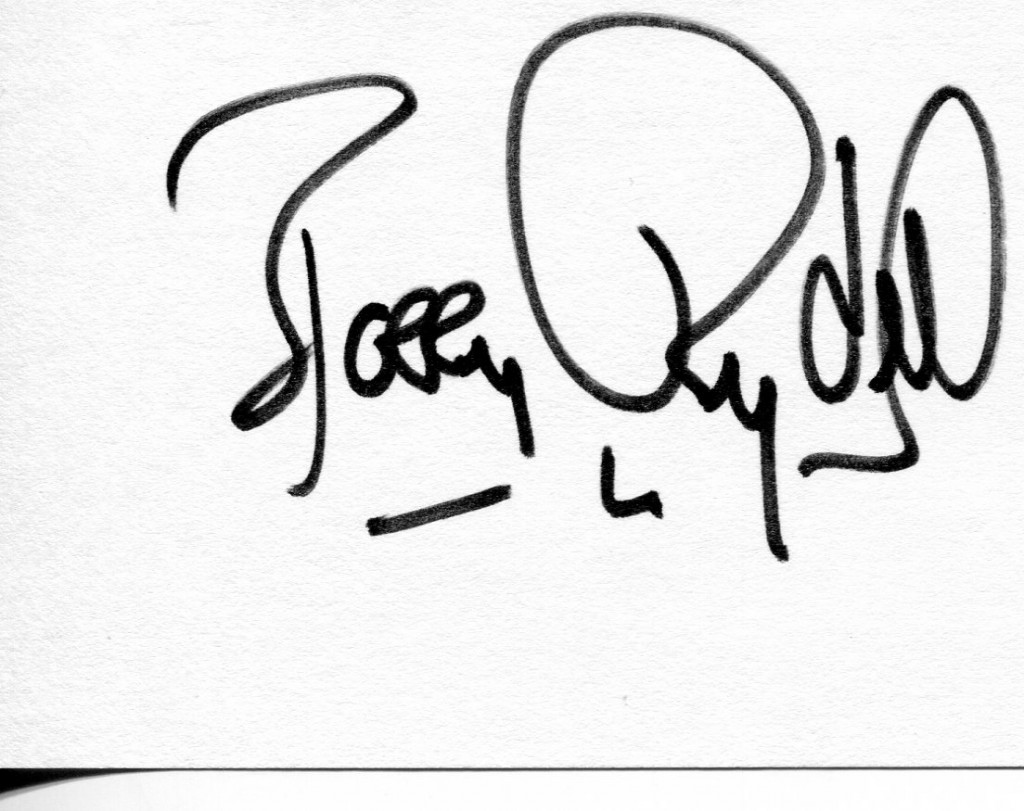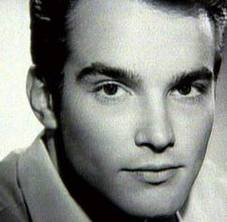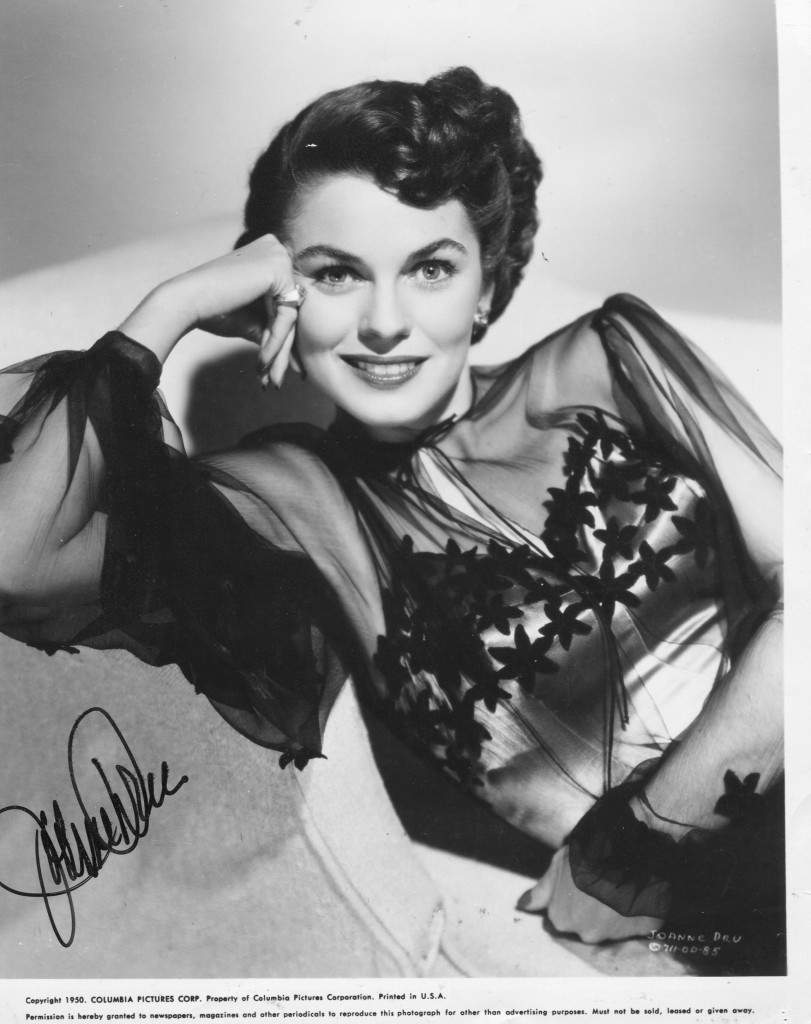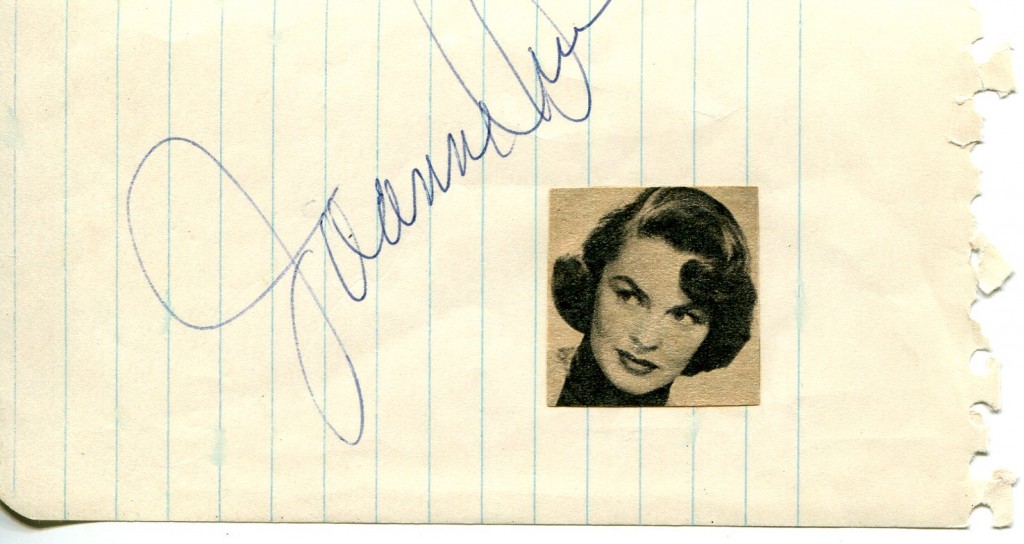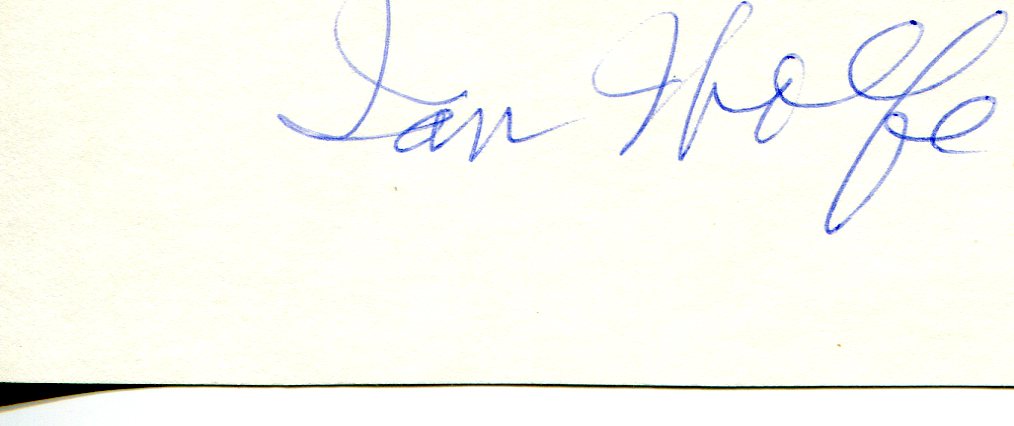
John McGiver was born in 1913. He was well into middle-age before he became a popular character actor on film. His debut was as the salesman in “Breakfast at Tiffany’s ” with Audrey Hepburn. Other movie roles include “The Manchurian Candidate” in 1962 and “Midnight Cowboy” in 1969 with Jon Voight. He died in 1975 at the age of 61.
IMDB entry:
John Irwin McGiver came to acting relatively late in life. He held a B.A. and Masters degrees in English from Fordham, Columbia and Catholic Universities and spent his early years teaching drama and speech at Christopher Columbus High School in the Bronx. He had an early flirt with the acting profession in 1938 as actor/director for the Irish Repertory Theatre but found his weekly income of $26.42 insufficient to live on. He enlisted the next year and saw action during World War II, fighting with the U.S. 7th Armored Division in Europe (including the Battle of the Bulge). When he was demobbed after six years in the army, he held the rank of captain. He returned to teaching drama, with occasional forays into off-Broadway acting. In 1947, he married Chicago scenic designer Ruth Shmigelsky and settled down to live in a converted 19th century former Baptist church.
There are conflicting stories as to how McGiver ended up becoming a film and television actor, but it happened sometime after one of his part-time acting performances in September 1955, either through the offices of an old University classmate, turned stage producer, or through the persuasive abilities of an agent from the Music Corporation of America. In any case, the portly, balding, owl-like and precisely-spoken McGiver quickly developed an inimitable style as a comic (and occasionally serious) actor on television and in films. He was most memorable as the obtuse landscape contractor in The Gazebo(1959), a pompous jewelry salesman in Breakfast at Tiffany’s (1961) and an inept twitcher in Mr. Hobbs Takes a Vacation (1962). He also played “Mr. Sowerberry” in a television version of The DuPont Show of the Month: Oliver Twist (1959) and starred in his own (sadly short-lived) TV show, Many Happy Returns (1964) as the complaints manager of a department store. His dramatic roles included a senator in The Manchurian Candidate (1962) and, on television, the corrupt mayor in The Front Page (1970), plus a rare villainous role in the TV episode The Man from U.N.C.L.E.: The Birds and the Bees Affair (1966). Among his numerous guest starring roles on television, he was at his best as the self-absorbed “Roswell Flemington”, who learns a moral lesson in Twilight Zone: Sounds and Silences (1964) (1964).
– IMDb Mini Biography By: I.S.Mowis
The above IMDB entry can also be accessed online here.






